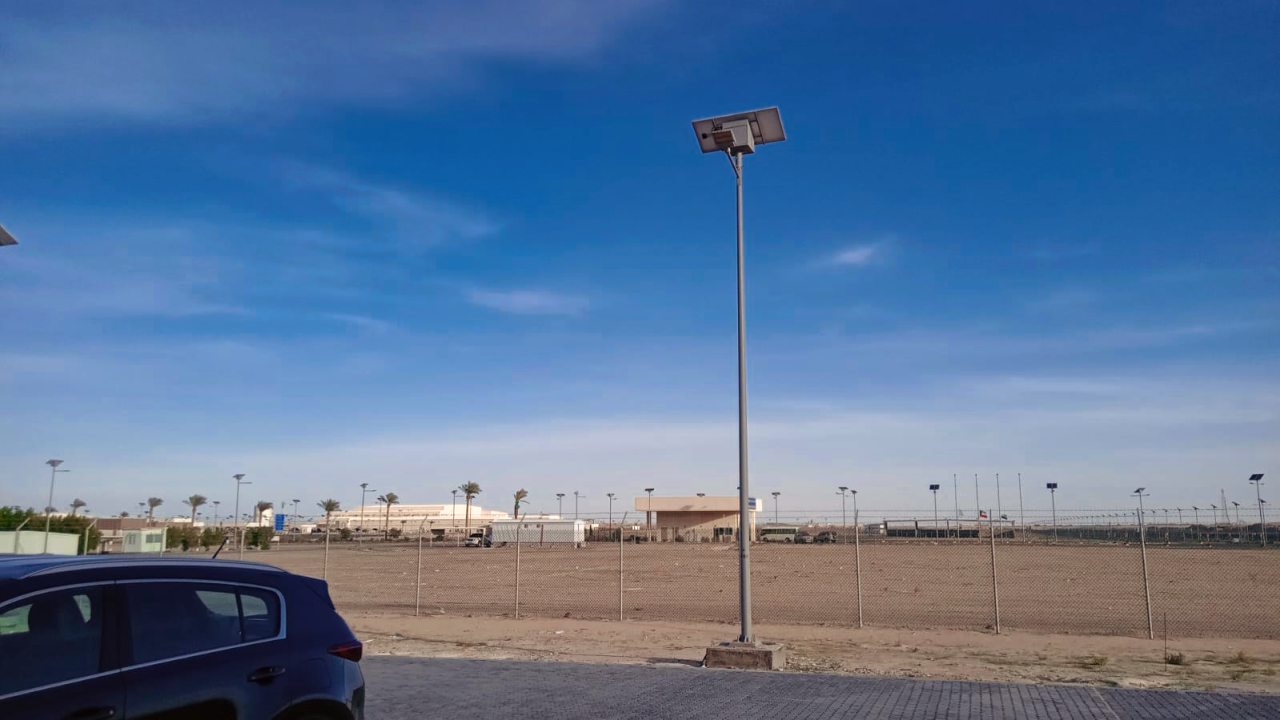Street lighting is essential for urban safety and nighttime visibility, but it also consumes significant energy. Traditional street lights often operate at full power throughout the night, leading to unnecessary energy waste. Energy-saving control technologies offer a sustainable solution by optimizing lighting based on real-time needs.
How Energy-Saving Control Works
Modern street lighting systems use sensors, timers, and dimming technologies to reduce energy consumption. Key methods include:
Automatic Dimming: Lights adjust brightness based on ambient conditions (e.g., dimming when no motion is detected).
Time-Based Control: Lights operate at reduced intensity during low-traffic hours (e.g., midnight to 5 AM).
Adaptive Lighting: Smart systems use weather and traffic data to optimize illumination levels.

Benefits
Reduced Energy Costs: Dimming lights by 30-50% during off-peak hours can cut energy bills significantly.
Longer Lifespan: Lower power usage reduces wear and tear, extending bulb life.
Environmental Impact: Lower energy consumption decreases carbon emissions.
Conclusion
Energy-saving control for street lights is a cost-effective way to enhance sustainability without compromising safety. Cities worldwide should adopt these technologies to reduce energy waste.


 Energy Efficiency: How Remote-Controlled Street Lights Reduce Power Consumption
Energy Efficiency: How Remote-Controlled Street Lights Reduce Power Consumption
 Remote Control vs. Manual Control of Street Lights: A Comparative Advantage Analysis
Remote Control vs. Manual Control of Street Lights: A Comparative Advantage Analysis
 Lower Maintenance Costs with Smart Street Light Monitoring
Lower Maintenance Costs with Smart Street Light Monitoring
 Enhanced Public Safety Through Intelligent Street Lighting
Enhanced Public Safety Through Intelligent Street Lighting